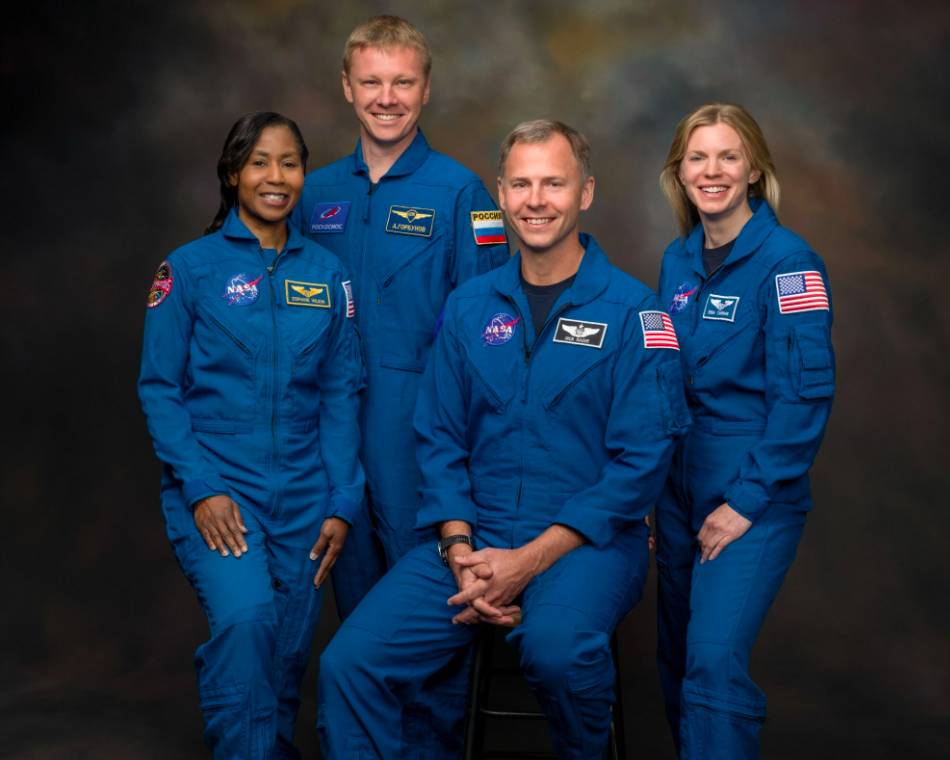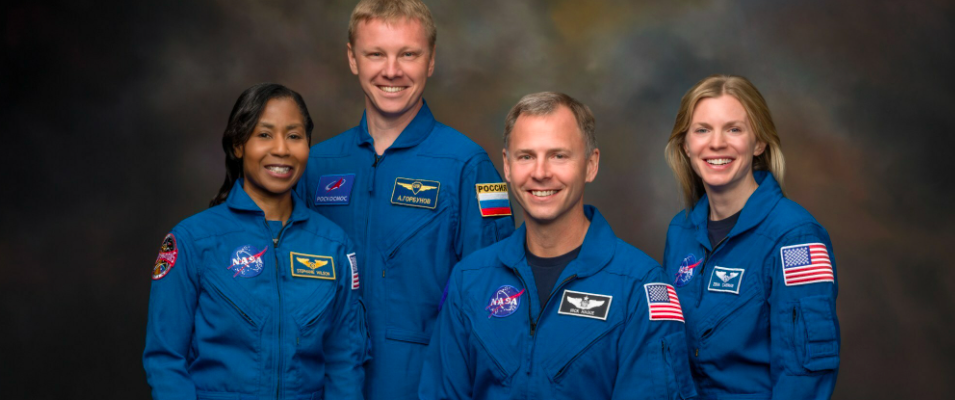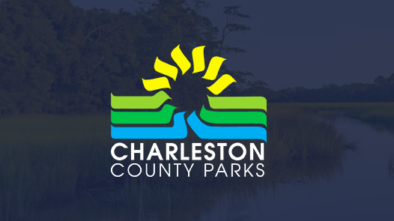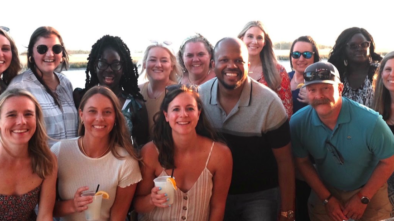NASA Shares Assignments for its SpaceX Crew-9 Space Station Mission
WASHINGTON, Jan. 31, 2024 /PRNewswire/ — As part of NASA’s SpaceX Crew-9 mission, four crew members are preparing to launch to the International Space Station and conduct a wide-ranging set of operational and research activities for the benefit of all.
Launching aboard the Dragon spacecraft, NASA astronauts Commander Zena Cardman, Pilot Nick Hague, and Mission Specialist Stephanie Wilson, and Roscosmos cosmonaut Mission Specialist Aleksandr Gorbunov, will join Expedition 71 and 72 crew members no earlier than August. They will arrive to the space station for a short duration handover with NASA’s SpaceX Crew-8 mission
This will be the first spaceflight for Cardman, who was selected as a NASA astronaut in 2017. The Williamsburg, Virginia, native holds a bachelor’s degree in Biology and a master’s in Marine Sciences from the University of North Carolina at Chapel Hill. At time of selection, she was a doctoral candidate in geosciences. Cardman’s research focused on geobiology and geochemical cycling in subsurface environments, from caves to deep sea sediments. Since completing initial training, Cardman has supported real-time station operations and development for lunar surface exploration.
With a total of 203 days in space, this will be Hague’s third launch and second mission to the orbiting laboratory. During his first launch in 2018, Hague and his crewmate, Roscosmos cosmonaut Alexey Ovchinin, experienced a rocket booster failure resulting in an in-flight launch abort. The Soyuz MS-10 spacecraft landed safely. Five months later, Hague launched aboard Soyuz MS-12 and served as a flight engineer aboard the space station during Expeditions 59 and 60. Hague and his crewmates participated in hundreds of experiments in biology, biotechnology, physical science, and Earth science. Hague conducted three spacewalks, to upgrade space station power systems and install a docking adapter for commercial spacecraft. As an active-duty colonel in the U.S. Space Force, Hague completed a developmental rotation at the Defense Department in Washington, where he served as the USSF director of test and evaluation from 2020 to 2022. In August 2022, Hague resumed duties at NASA working on the Boeing Starliner Program until this flight assignment.
A veteran of three spaceflights, STS-121, STS-120, and STS-131, Wilson has spent 42 days in space aboard three separate space shuttle Discovery missions. Before her selection as a NASA astronaut in 1996, she earned her bachelor’s degree in Engineering Science from Harvard University in Cambridge, Massachusetts, a master’s degree in Aerospace Engineering from the University of Texas in Austin, and worked at Martin Marietta and NASA’s Jet Propulsion Laboratory in Southern California. During her first mission, STS-121 in November 2004, she and her crewmates spent 13 days in orbit. Wilson served as the robotic arm operator for spacecraft inspection, for the installation of the “Leonardo” Multi-Purpose Logistics Module, and for spacewalk support. In November 2006, Wilson and her STS-120 crewmates aboard Discovery delivered the Harmony module to the station and relocated a solar array. In May 2009, Wilson and her STS-131 crewmates completed another mission to resupply the station, delivering a new ammonia tank for the station cooling system, new crew sleeping quarters, a window observation facility, and a freezer for experiments. During her nearly 30 years with NASA, Wilson served as the integration branch chief for NASA’s Astronaut Office focusing on International Space Station systems and payload operations, and on a nine-month detail, served as the acting chief of NASA’s Program and Project Integration Office at the agency’s Glenn Research Center in Cleveland.

This will be Gorbunov’s first trip to space and the station. Born in Zheleznogorsk, Kursk region, Russia, he studied engineering with qualifications in spacecraft and upper stages from the Moscow Aviation Institute. Gorbunov graduated from the military department with a specialty in operation and repair of aircraft, helicopters, and aircraft engines. Before being selected as a cosmonaut in 2018, he worked as an engineer for Rocket Space Corporation Energia and supported cargo spacecraft launches from the Baikonur cosmodrome.
This is the ninth rotational mission to the space station under NASA’s Commercial Crew Program, which works with the American aerospace industry to meet the goal of safe, reliable, and cost-effective transportation to and from the orbital outpost on American-made rockets and spacecraft launching from American soil.
For more than two decades, humans have lived and worked continuously aboard the International Space Station, advancing scientific knowledge and demonstrating new technologies, making research breakthroughs not possible on Earth. The station is a critical testbed for NASA to understand and overcome the challenges of long-duration spaceflight and to expand commercial opportunities in low Earth orbit. As commercial companies focus on providing human space transportation services and destinations as part of a robust low Earth orbit economy, NASA’s Artemis campaign is underway at the Moon where the agency is preparing for future human exploration of Mars.
Find more information on NASA’s Commercial Crew Program at:
https://www.nasa.gov/commercialcrew
SOURCE NASA

CONTACT: Joshua Finch, Headquarters, Washington, 202-358-1100, joshua.a.finch@nasa.gov; Courtney Beasley, Johnson Space Center, Houston, 281-483-5111, courtney.m.beasley@nasa.gov


